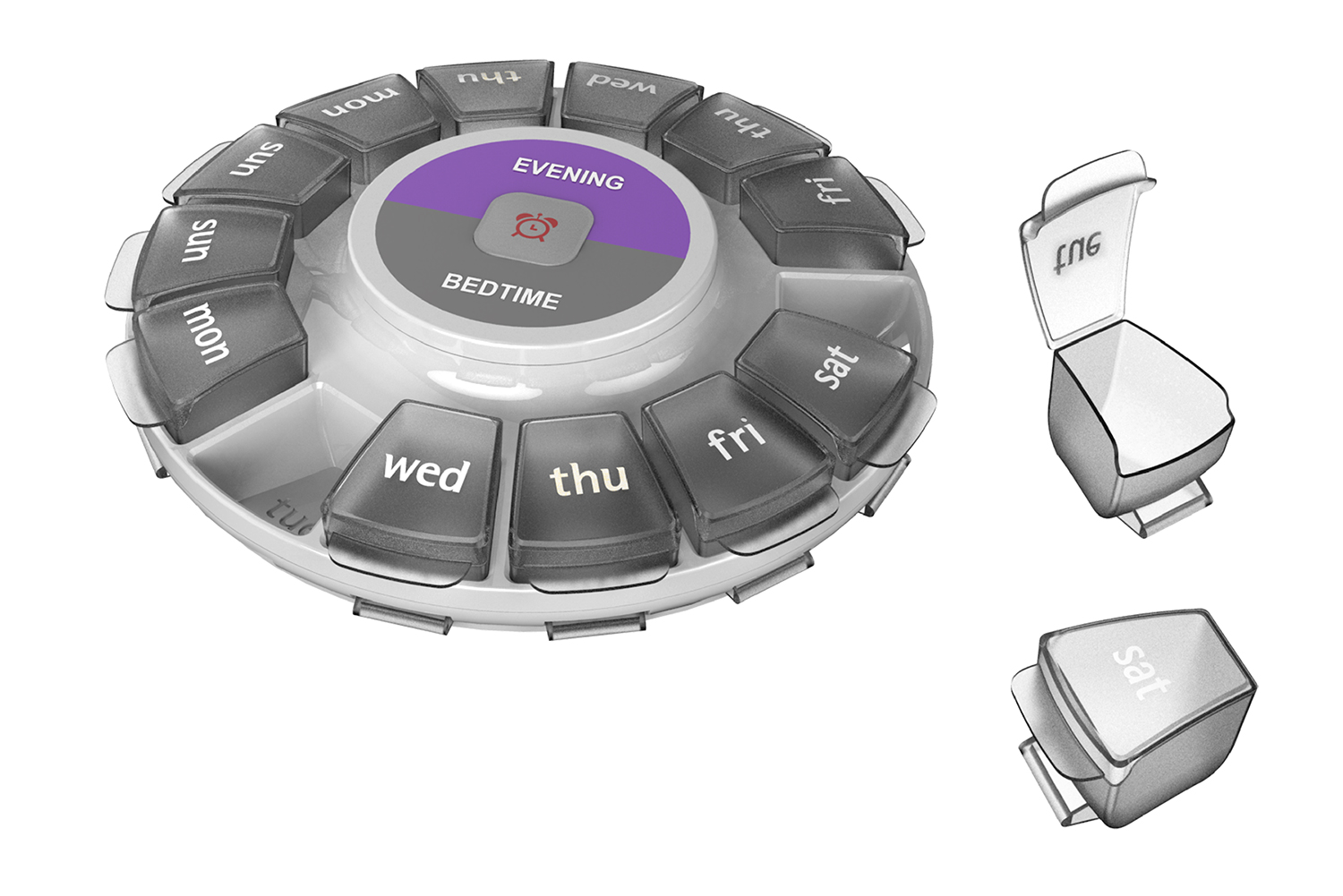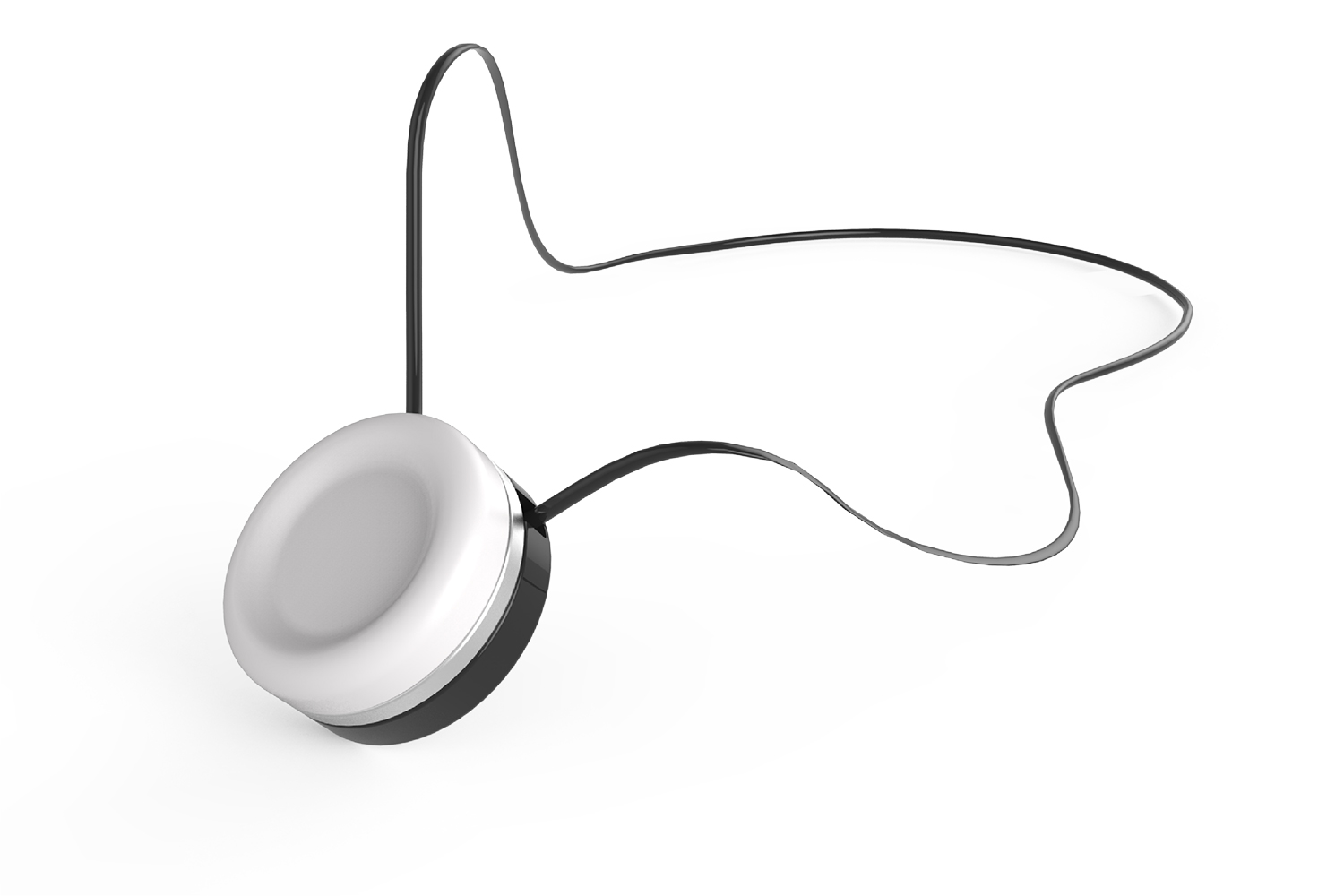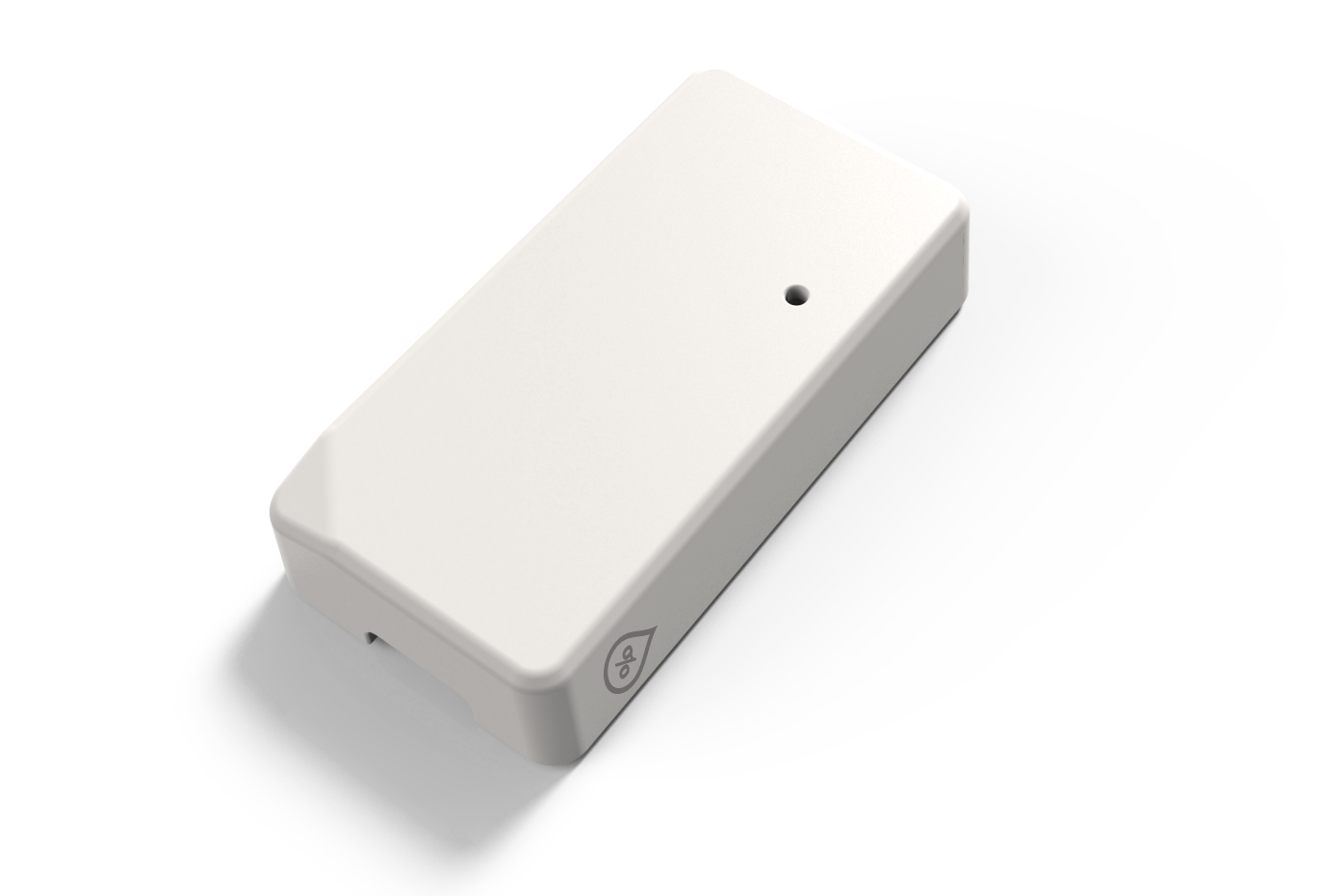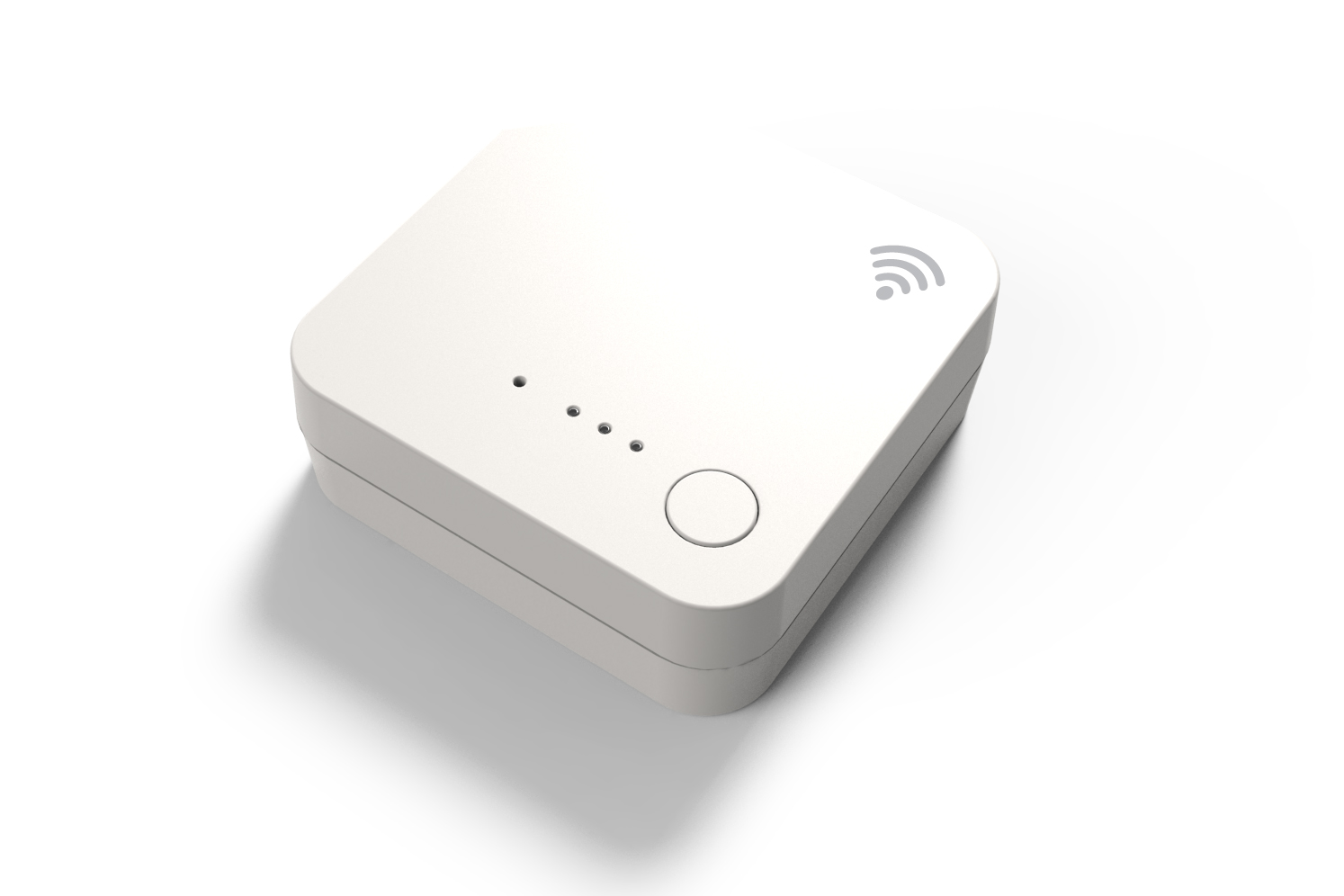People Power, which makes an app that turns your old iOS device into a camera, wants to turn the conversation to aging at home. In the next 20 years, over 13.4 million people over the age of 75 will be living alone, according to Harvard University. People Power wants to use its Presence Pro Care system, launching today on Indiegogo, to facilitate communication between people and their elderly family members or friends.
It’s essentially a kit composed of a hub, sensors, emergency buttons (which can be worn around the neck or on the wrist or placed on a keychain), and a connected pill dispenser. The app lets users make video calls and receive alerts when a parent or grandparent deviates from his or her normal routine. Users can add several people to a family member’s “circle.” If their elderly loved one hits the emergency button, everyone should get an alert. The system also uses algorithms and information from the sensors to determine if the home’s occupant has fallen, for example.
The sensors include the usual ones you’d find in a smart-home pack, like entry sensors, water sensors, motion sensors, and temperature sensors. But the emergency button, pill dispenser, and $15-per-month monitoring shift the focus from keeping a home safe to making sure its occupants are active and healthy. The door sensors, for example, can be used to alert you when a loved one leaves — not just when someone breaks in. Though People Power’s Presence app was all about video monitoring, for this new system, video is only used for calls between users. That’s surely meant to make Pro Care feel less surveillance-y.
“Presence Pro Care uses data from the motion, touch, and entry sensors to detect occupant activity and location information over time (e.g. kitchen vs. bathroom). The system uses this data to learn the activity patterns of the occupant,” explains a company spokesperson in an email to Digital Trends. “Anomalous periods of inactivity may trigger an alert to caregivers and professional monitoring services, as this may indicate that an accident (e.g. a fall) occurred. With Presence Pro Care, these ‘Ambient Fall Detection’ analytics serve as a safety net in case the senior cannot reach the Emergency Button or a phone to call for help.”
The most basic kit starts at $99 and includes an emergency button and hub. It also requires the monthly monitoring fee. For $249, users get five motion sensors, a pill dispenser, emergency button, two entry sensors, and the hub. More sensors, including one for water, are included in the next level up for an additional $100.








